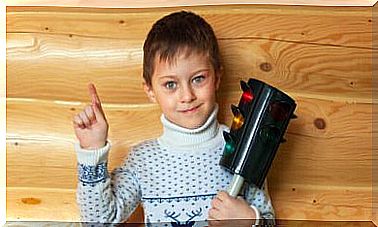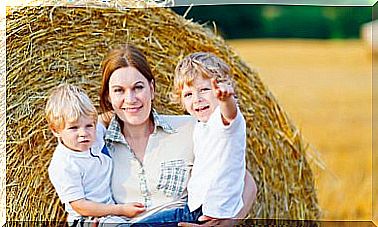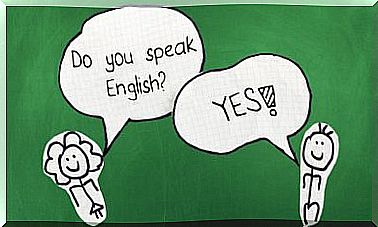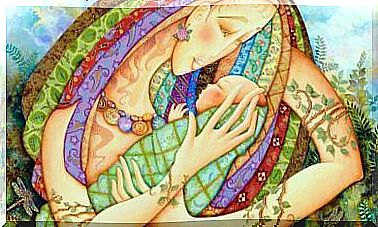Summary Of Plate Tectonics For Children
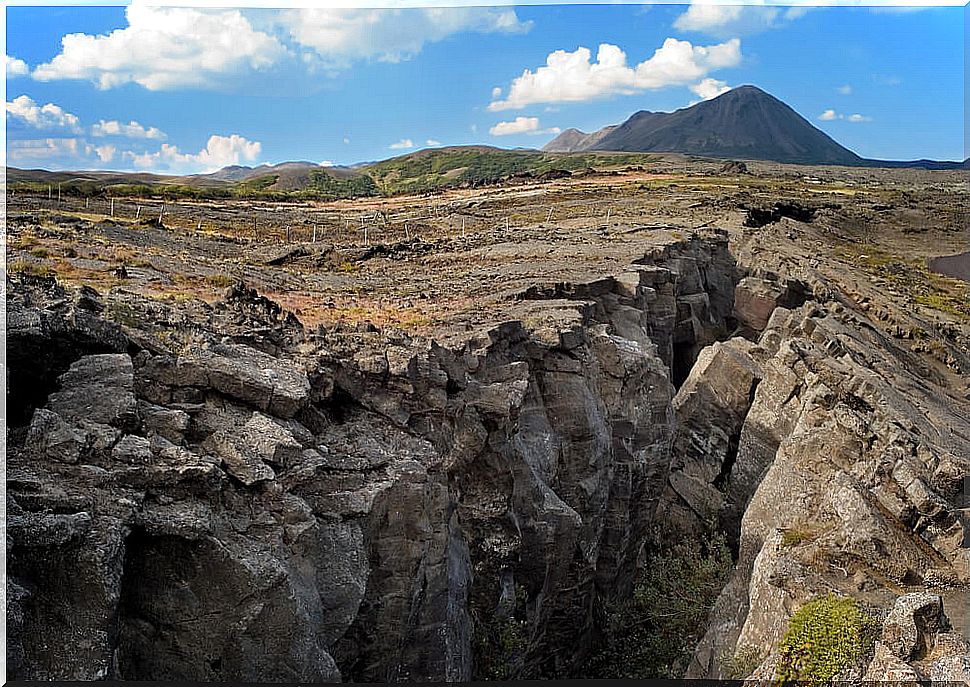
The Earth is a living and constantly changing entity. Some changes take place over hundreds of years, but they are only a few seconds for her if we think about the 4.543 billion years in which her age is estimated. Mountains, plains, volcanic eruptions … We will explain all these movements in Plate Tectonics for children.
What is Plate Tectonics ?: explanation for children
Plate Tectonics is a theory that explains how the Earth is transformed and the Earth’s surface, the lithosphere, is reorganized in a continuous process of creation and destruction. Dan Mackenzie is one of the main people responsible for finding the answer to the formation of mountains and underwater abysses. Since then, more than 50 years have passed, and we had to wait for modern technology to teach us how the Earth is formed.
The Earth is made up of 4 layers, liquid and solid, and surrounded by a dome of gases: The Geosphere, The Biosphere, The Hydrosphere and the Atmosphere . Although in this article we will focus on the sublayers of the Geosphere to understand Plate Tectonics for children:
- Core of the Earth : also called Endosphere. It is made up of a solid interior and a liquid outer layer.
- Asthenosphere: sublayer formed by solid rocks subjected to high temperatures and pressures, which confers a high ductile character. The plates of the lithosphere are floating in it.
- Terrestrial mantle: represents most of the planet. Located between the earth’s crust and the outer layer of the nucleus. It is divided into: upper mantle, transition zone and lower mantle.
- Lithosphere: it is the solid sub-layer of the earth preceded by the earth’s mantle and before the crust, although it could be said that the upper part, the mantle, and the earth’s crust are part of the lithosphere.
- Oceanic and continental crusts: it is the outermost layer of the geosphere and the thinnest in comparison.

Where Are Plate Tectonics Found ?: Plate Tectonics for Kids
The lithosphere is made up of at least 57 rigid plates of different sizes; 15 major or major and 42 minor. The shocks that occur as a consequence of their movement are responsible for the remodeling of the earth’s crust based on their interactions at the edges of the plates. The most important are: African, Antarctic, Indo-Australian, Eurasian, North American, Pacific and South American.
How does the lithosphere move?
Tectonic plates move due to convection currents and gravity. As we have already mentioned, the asthenosphere is a plastic layer on which the lithosphere rests. When heated, part of the rocks dissolves, which favors the movement of the plates and the rise of these now less dense materials and, when cooled, they sink again. This is what we call ‘convection currents’.
The plates are, therefore, portions of the earth, rigid, that flow independently on the liquid layer of the asthenosphere and in whose limits earthquakes and volcanisms occur. These limits can be of three types depending on the relative movement of the lithospheric plates: divergent or dorsal (separation), convergent or pits (approach) and sliding or transforming faults (parallel).
Remodeling of the crust at the limits of the tectonic plates
John Tuzo, a Canadian geologist and geophysicist, was another of the main authors of the current Theory of Plate Tectonics. Thanks to his pioneering investigation of transforming faults, he managed to justify the perpendicular and parallel displacements at the edges, thus clarifying what was happening at the boundaries of the plates.
Convergent limits
They occur when the movement of the tectonic plates causes them to collide head-on, causing an elevation. This is how, for example, the Himalayan range was formed 55 million years ago by a collision between the plates of Asia and India.
They can also occur when an oceanic plate sinks under a continental one. In these cases, the crust is destroyed in a process called ‘subduction’. Here the continental plate rises originating mountain ranges next to the sea, such as the Andes, and the oceanic plate melts when it reaches the asthenosphere and rises in the form of lava through the volcanoes.
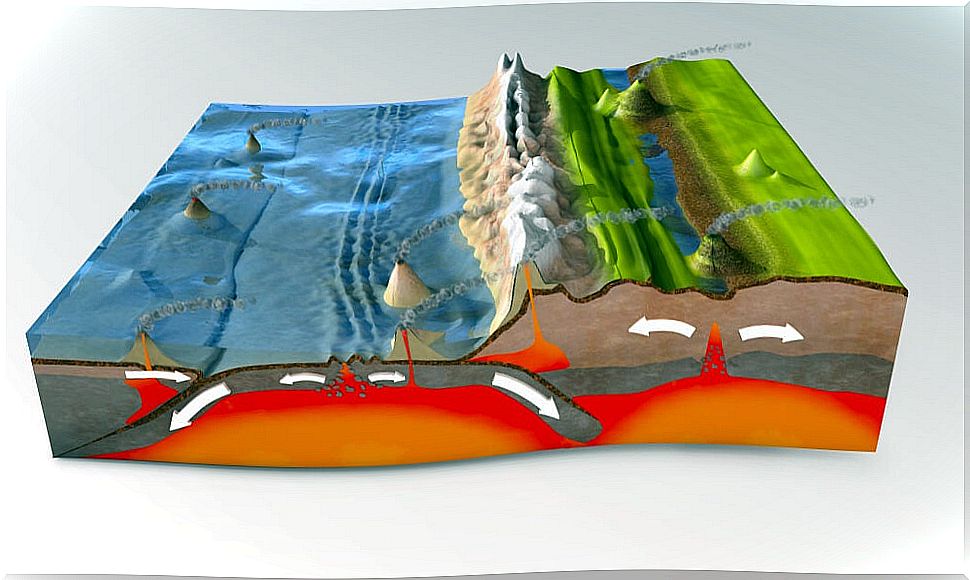
Divergent Limits in Plate Tectonics
If the separating plates are oceanic, a hole is created in the earth, like a crack, and this place is used by magmatic rocks to rise to the surface of the crust, creating new oceanic crust. Thus, the ocean ridges (submarine elevations) that connect the oceans are formed.
If, on the other hand, two terrestrial plates are the ones that separate, they originate a deep depression, like the great Rift Valley that, with the passage of time, millions of years from now, will cause the eastern part of the African continent to split. .
Transforming limits
In these areas, the plates do not collide, but their movement is parallel and opposite. What causes seismic movements, some negligible and others impressive, such as earthquakes, such as Chile’s 1960 of 9.6 on the Richter scale, or tsunamis, such as Indonesia’s 2004 of 9.3 degrees. One of the most important transforming faults on the planet is that of San Andrés.
We hope that this simple summary of the theory of Plate Tectonics for children will be useful to help them understand the phenomena that cause the transformations of the Earth’s surface.


